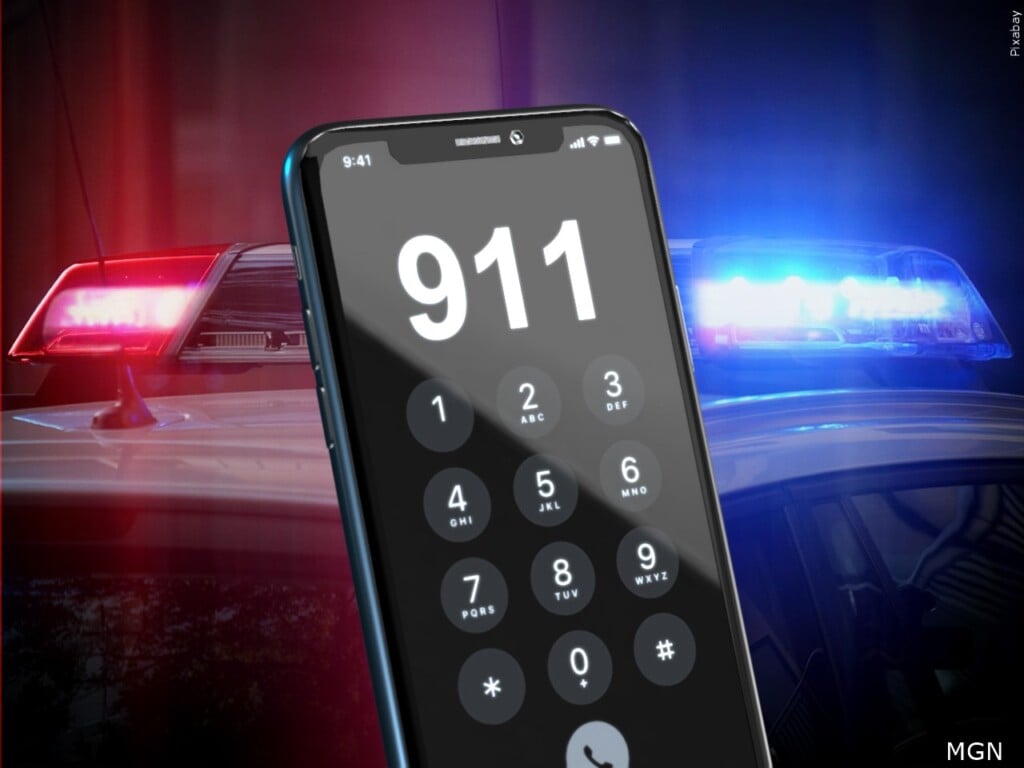Procedure Helps Bruce Man Find New ‘Life’

Since recovering from both procedures, Jimmy “Smokey” Barefield is back to doing what he loves—helping wife Nancy in the garden, raising flowers and tending to their 10 goats.
BRUCE, Miss.—After some major repairs to his heart during 2014, Jimmy “Smokey” Barefield of Bruce is feeling almost as good as new.
Barefield, 75, was experiencing some pressure in his chest along with shortness of breath. “Whenever I lifted something, I would get strange pains in my chest,” he says.
His physician discovered he had a heart murmur, which was caused by blood flowing through a damaged valve. A heart catheterization showed severe aortic stenosis, meaning that his heart’s aortic valve was too narrow to open all the way.
The heart catheterization also showed severe coronary artery disease which required surgery to reroute blood flow around a blockage in the coronary artery. In February 2014 cardiothoracic surgeon David Talton, M.D., intended to fix all of Barefield’s heart problems at once but, unfortunately, things didn’t go as planned.
Change of Plans
“With traditional open heart surgery, the patient’s heart is stopped so the surgeon can perform this delicate surgery without the heart moving and blood flowing into the surgical site as he works,” Dr. Talton explains. “The patient is placed on a heart-lung machine that takes over the heart’s activities during surgery so the surgeon can operate on a still heart. Once we started Mr. Barefield’s case we realized that he had a condition known as porcelain aorta, meaning that his aorta had too much calcium built up around it for us to do a traditional open heart surgery.”
Dr. Talton and his team opted for “beating heart” or “off-pump” bypass surgery instead. “We use a stabilization device to hold still the small area of the heart that is being bypassed,” Dr. Talton says. “Essentially, operating on a heart without this device would be like trying to perform precise surgery on a moving target.”
The device looks like an octopus’ arm with suction cups that gently adhere to the heart’s surface, lifting rather than pushing down on the heart. “It holds the area of the heart very still so that the surgeon can sew the delicate vessels being bypassed,” he says.
During that procedure, Barefield had two arteries bypassed and three stents implanted. But because of all the calcification on his aorta, replacing it then was not an option. Instead Dr. Talton recommended a new procedure known as transcatheter aortic valve replacement, a relatively new heart procedure, last July.
TAVR allows a team of doctors to replace a diseased heart valve without the traditional chest incision. The procedure is done by a cardiologist and cardiothoracic surgeon together in NMMC’s hybrid operating room, which is a cross between a cardiac catheterization laboratory and a surgery suite. First, the cardiologist gains catheter access to the heart, then the cardiothoracic surgeon replaces the heart valve through the catheter.
New Method
In 2012 NMMC was the first hospital in Mississippi to offer transfemoral TAVR, in which the valve was delivered through an incision in the leg. Later that same year, NMMC became the state’s first hospital to perform a transapical TAVR, where the valve is inserted through an incision between the patient’s ribs and through the bottom end of the heart called the apex.
Barefield had the transapical method because he didn’t have suitable access through a leg artery.
After the cardiologist places a catheter (or tube) into an artery of the patient’s leg or chest, a balloon catheter is placed across the narrowed aortic valve and stretched open so the cardiothoracic surgeon can place the new heart valve. When the balloon is inflated, it pushes the new valve into position and the diseased valve to the side. The balloon catheter is then removed, and the new valve starts working immediately.
Since recovering from both procedures, Barefield is back to doing what he loves—helping wife Nancy in the garden, raising flowers and tending to their 10 goats. “I’m better,” he says. “I can do things now.”





Leave a Reply